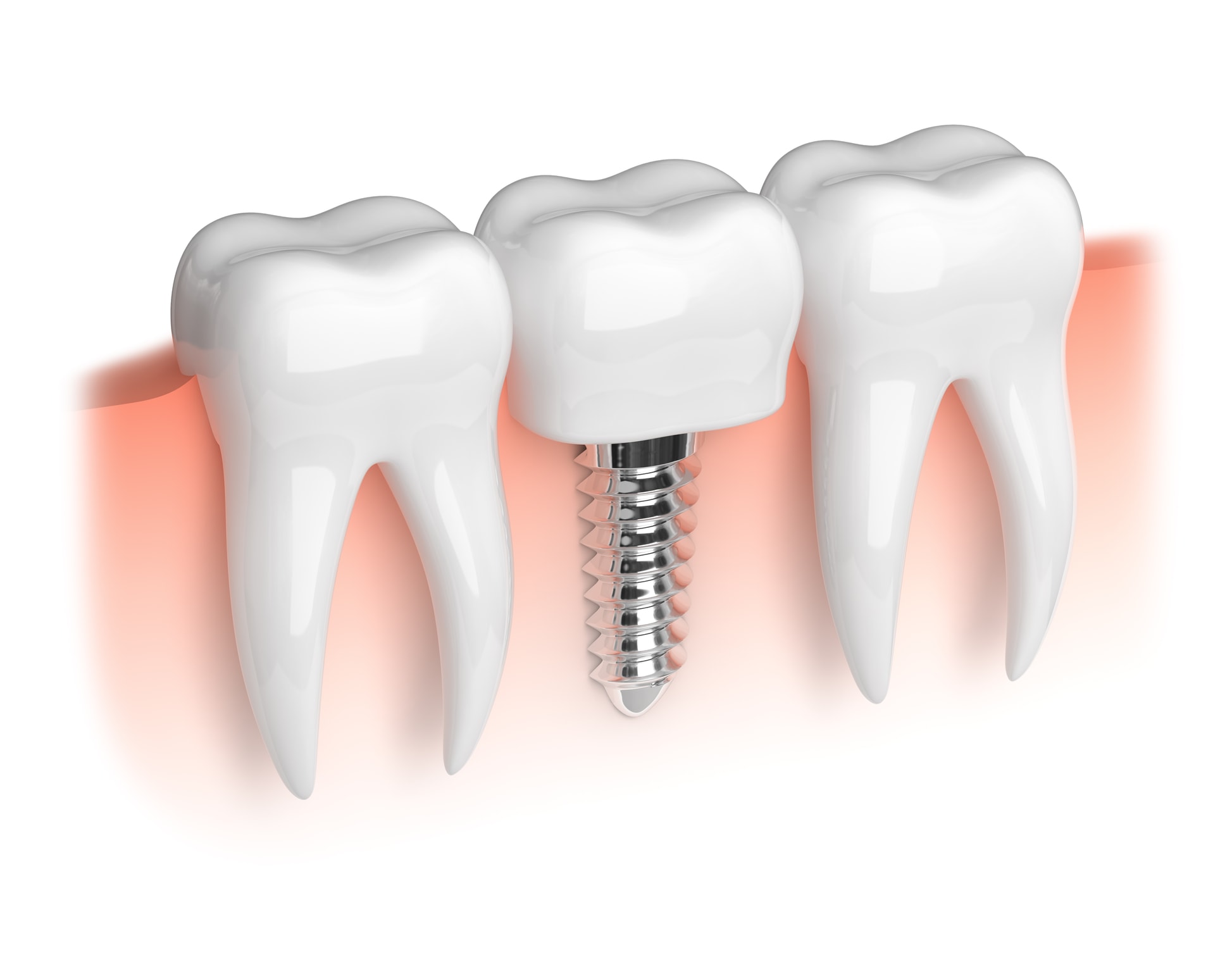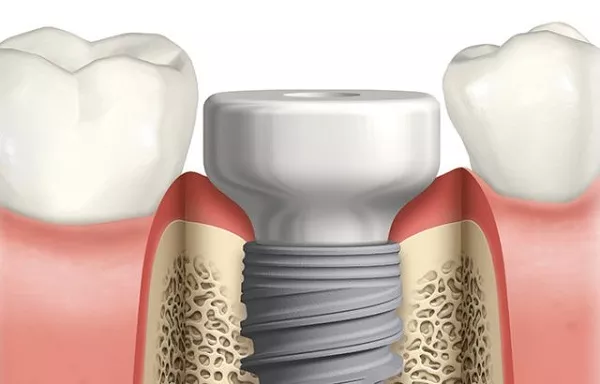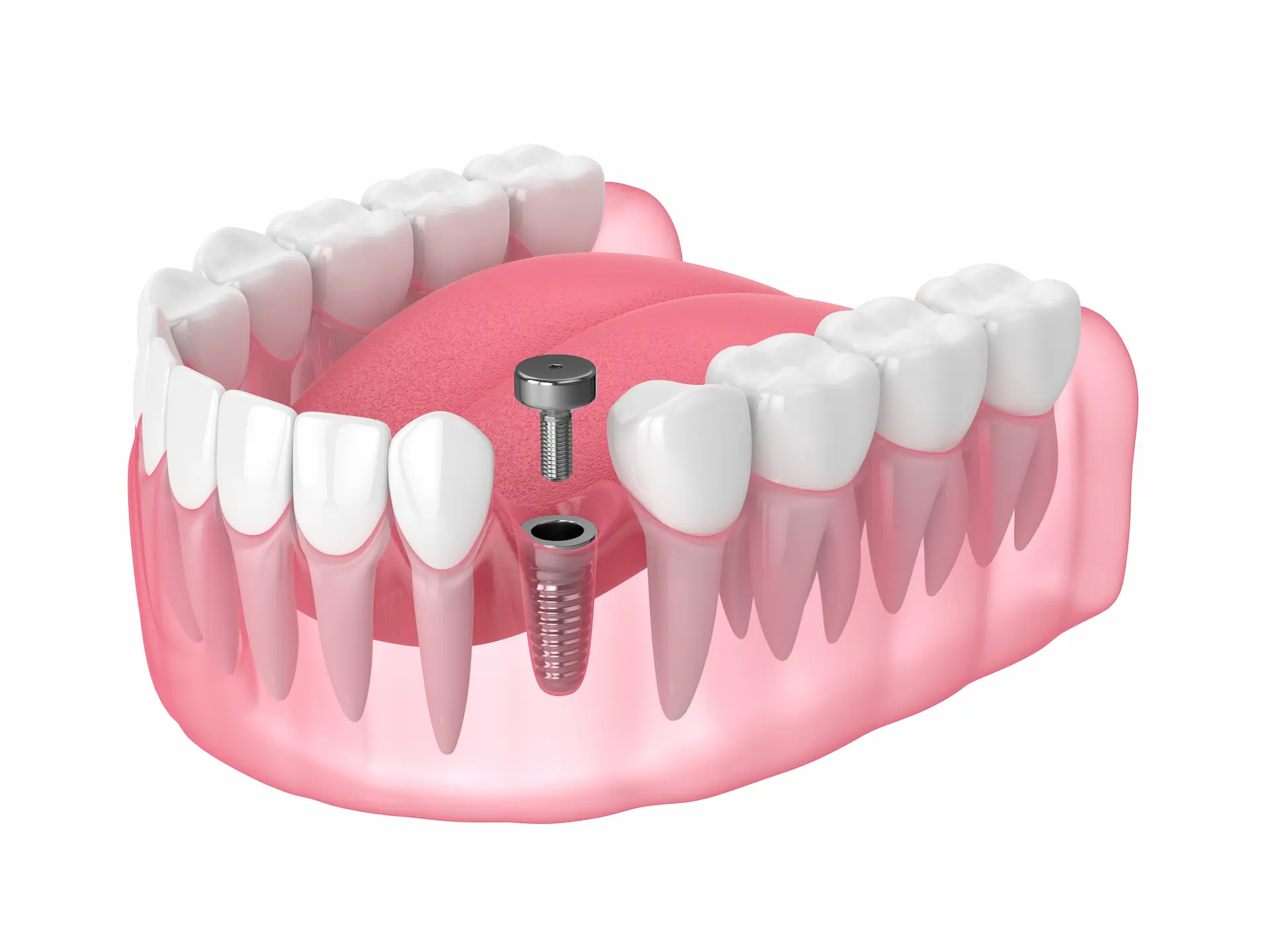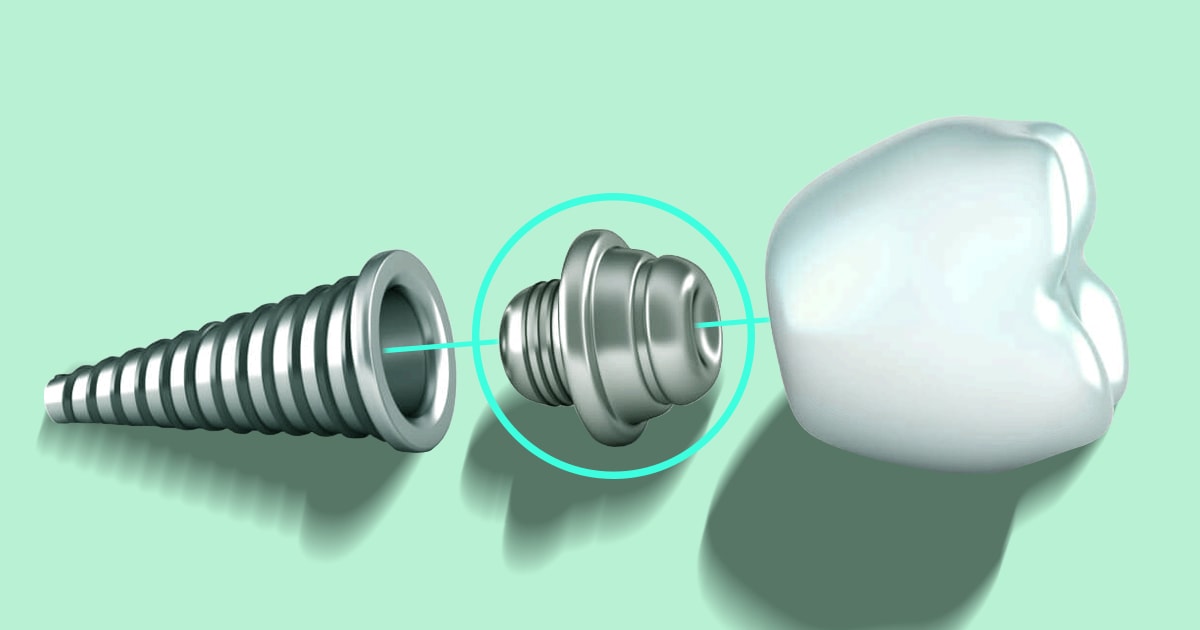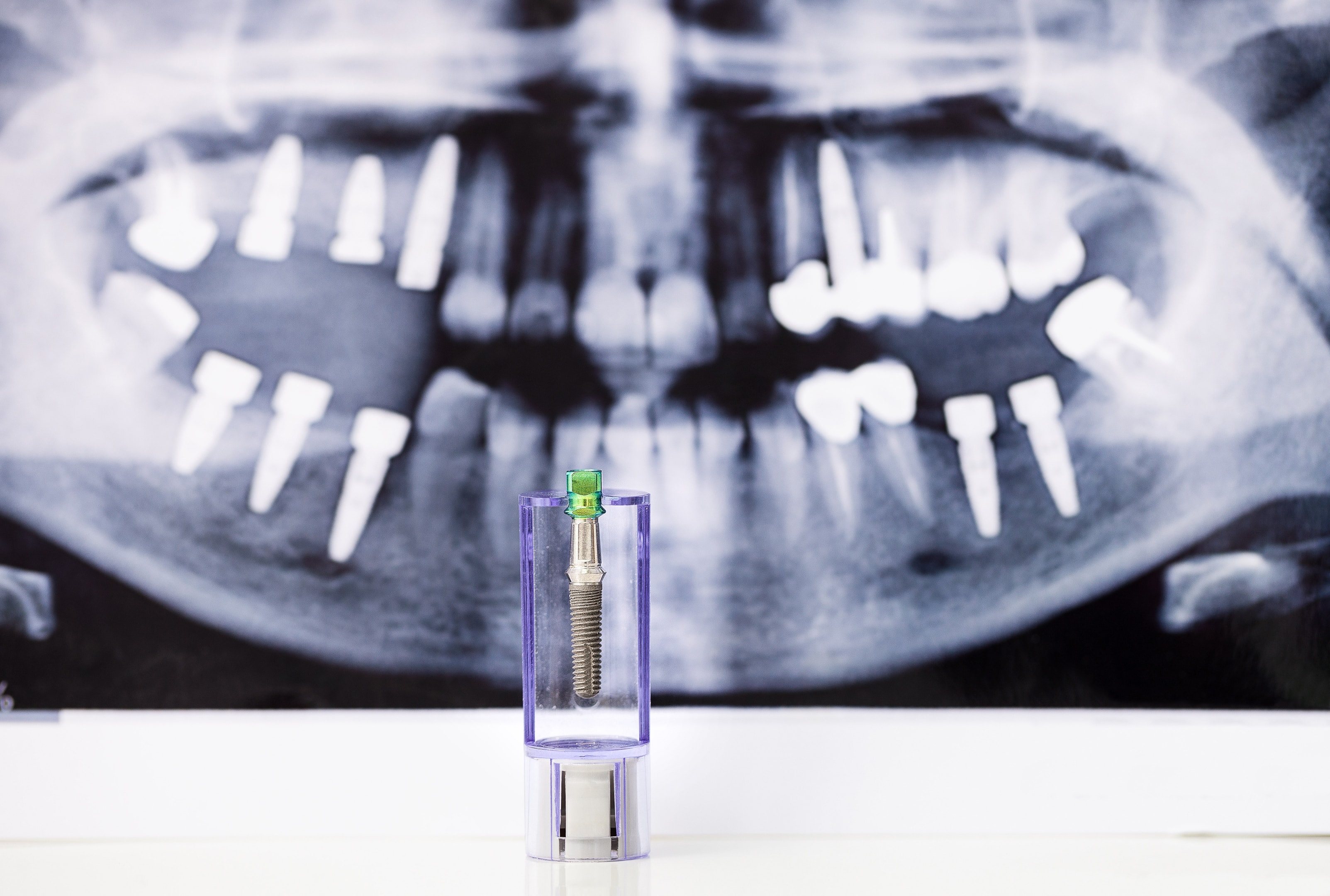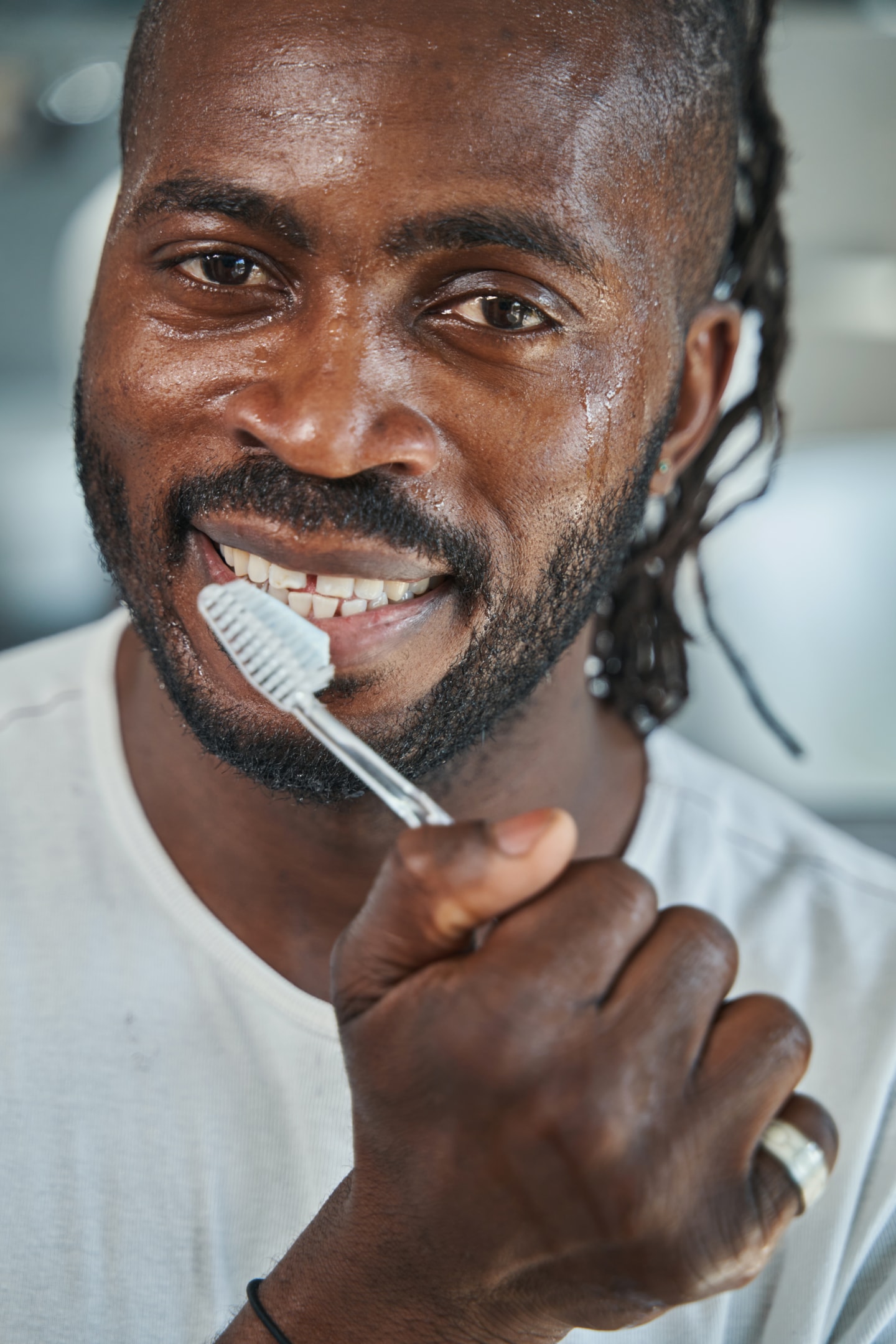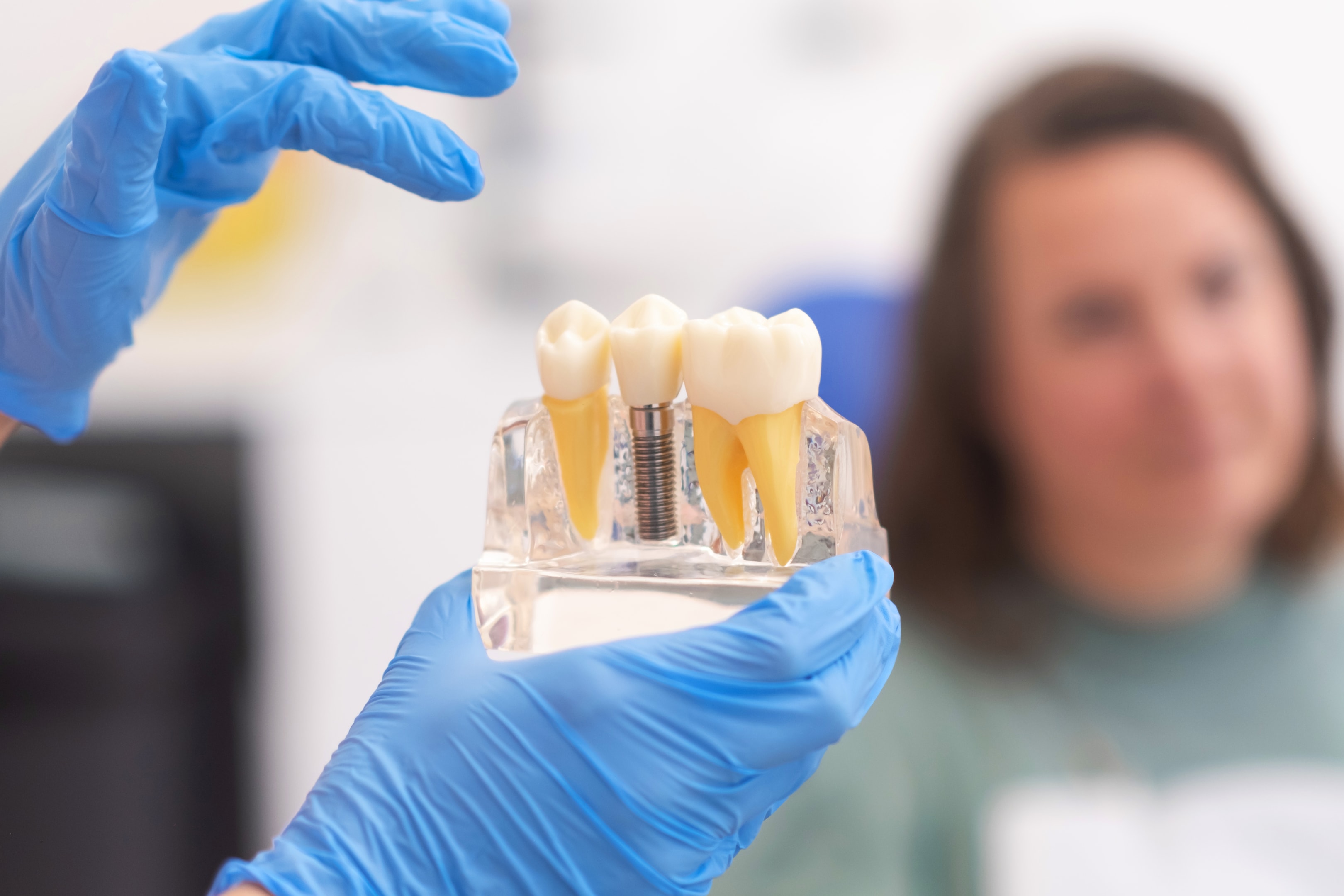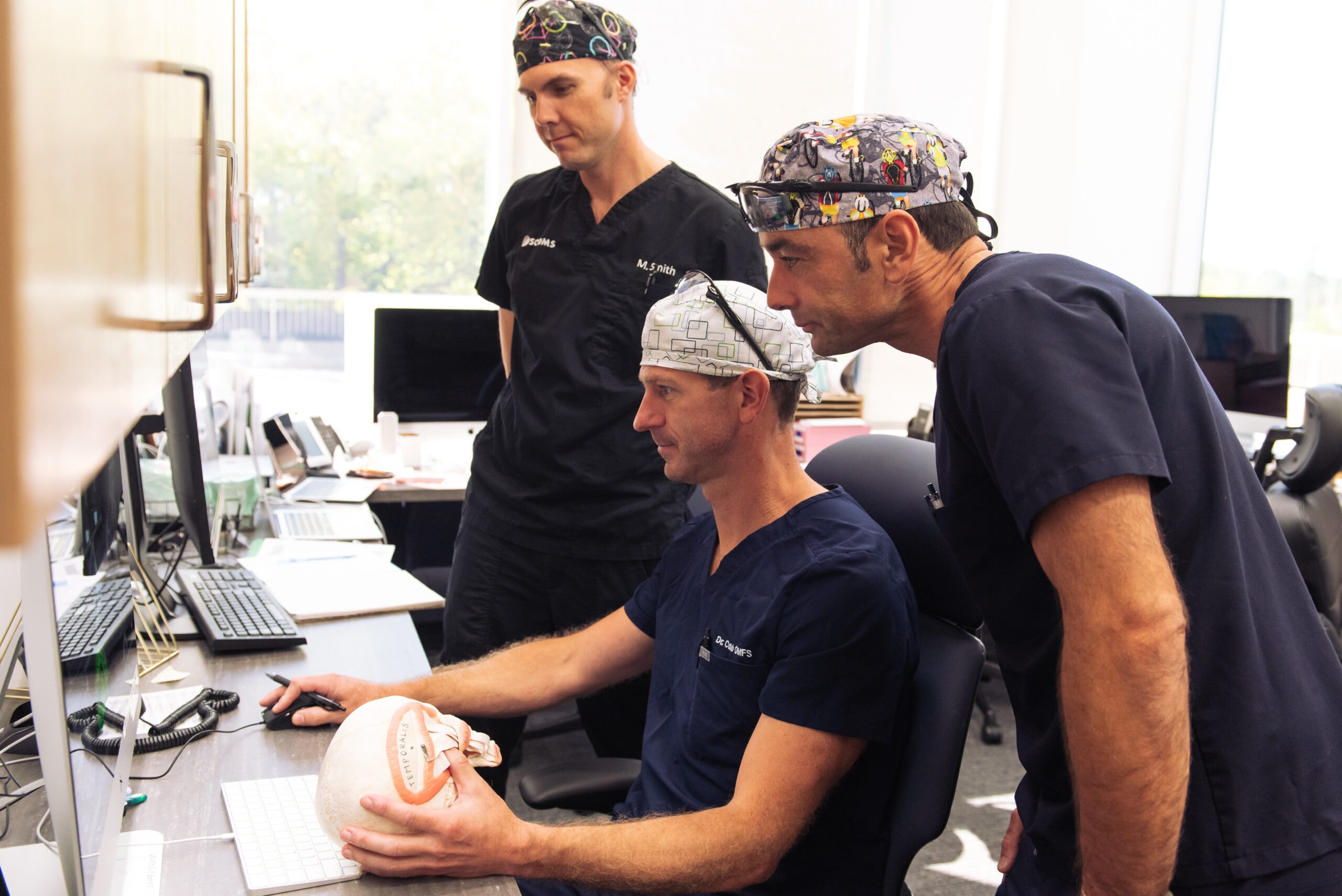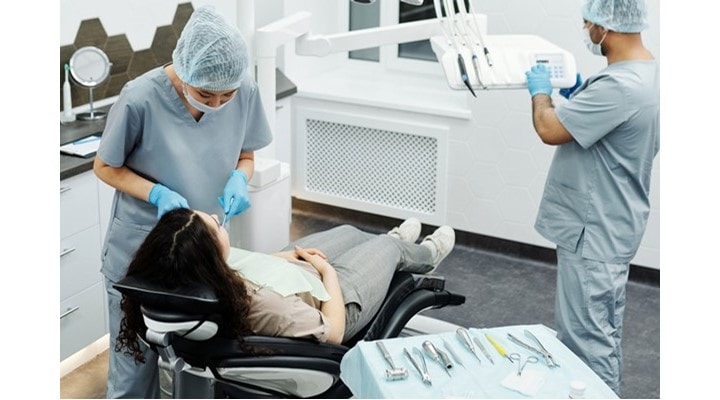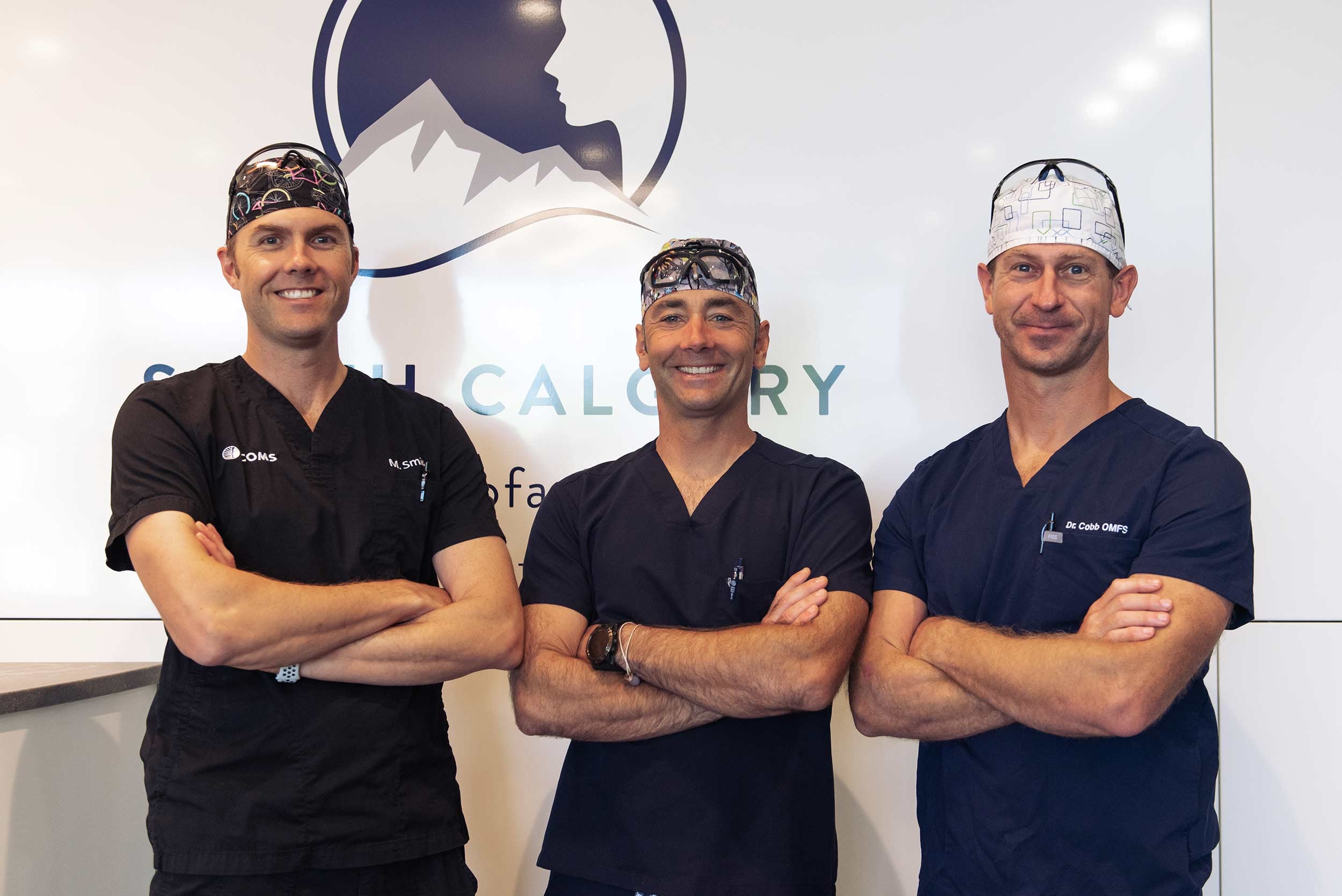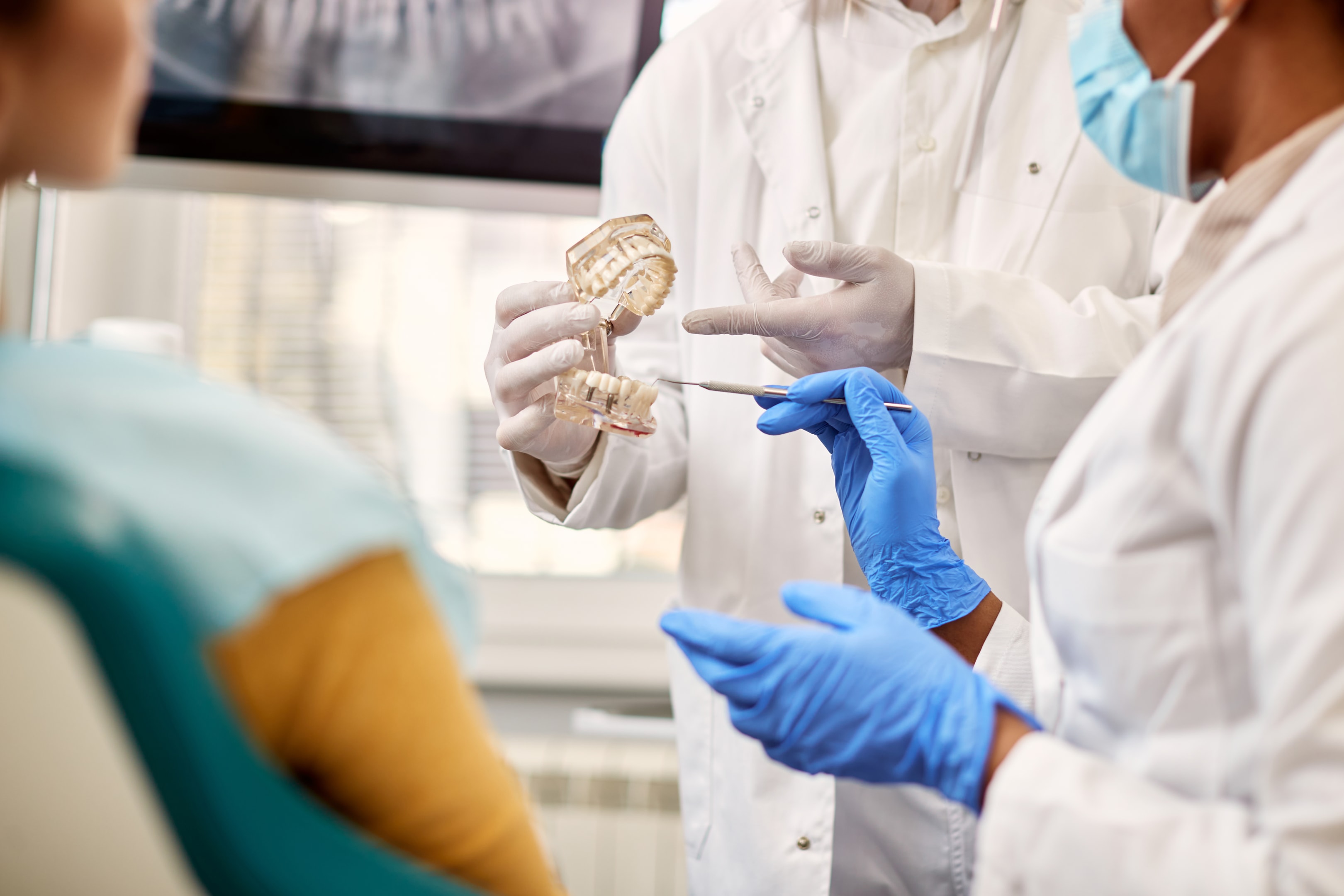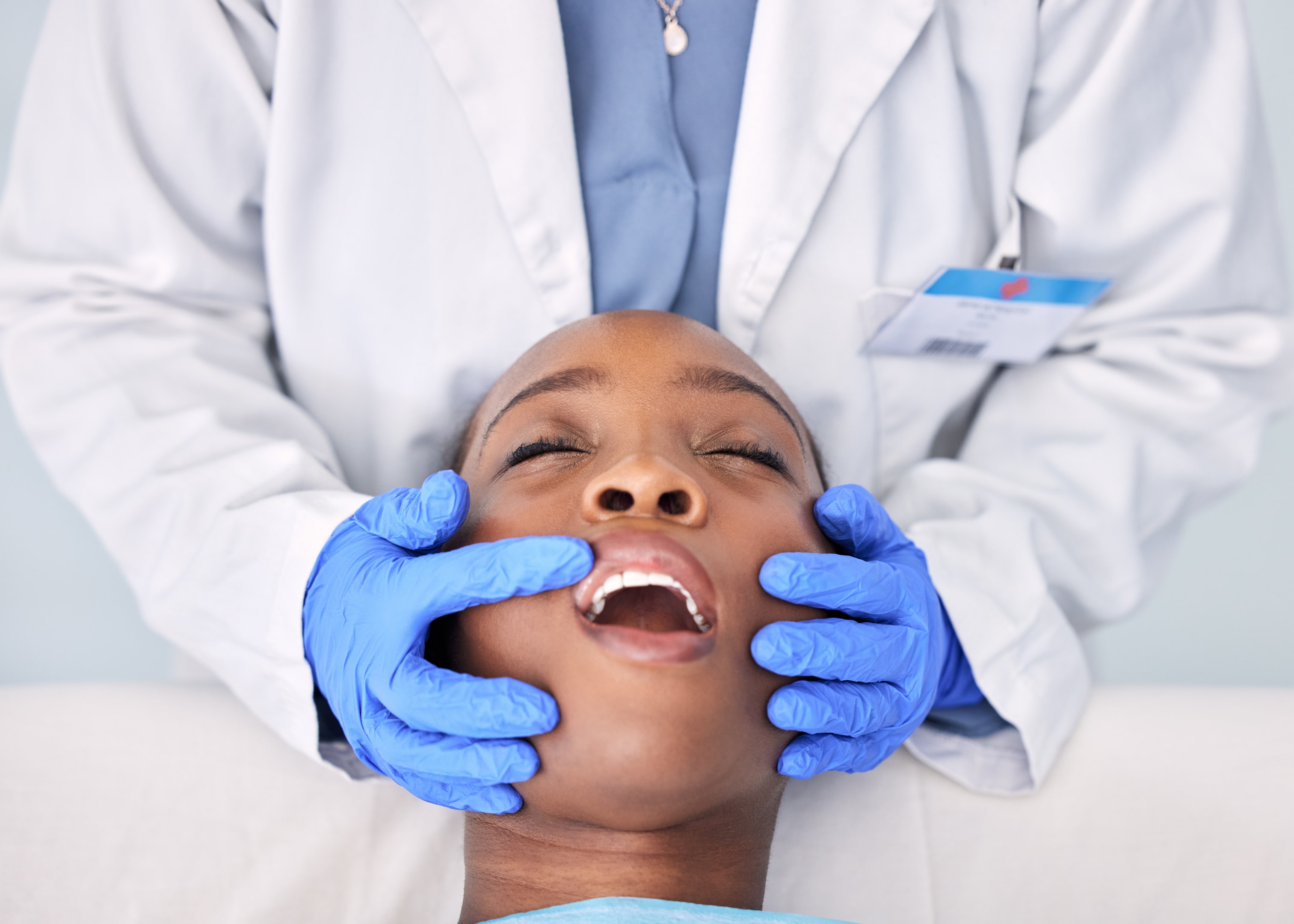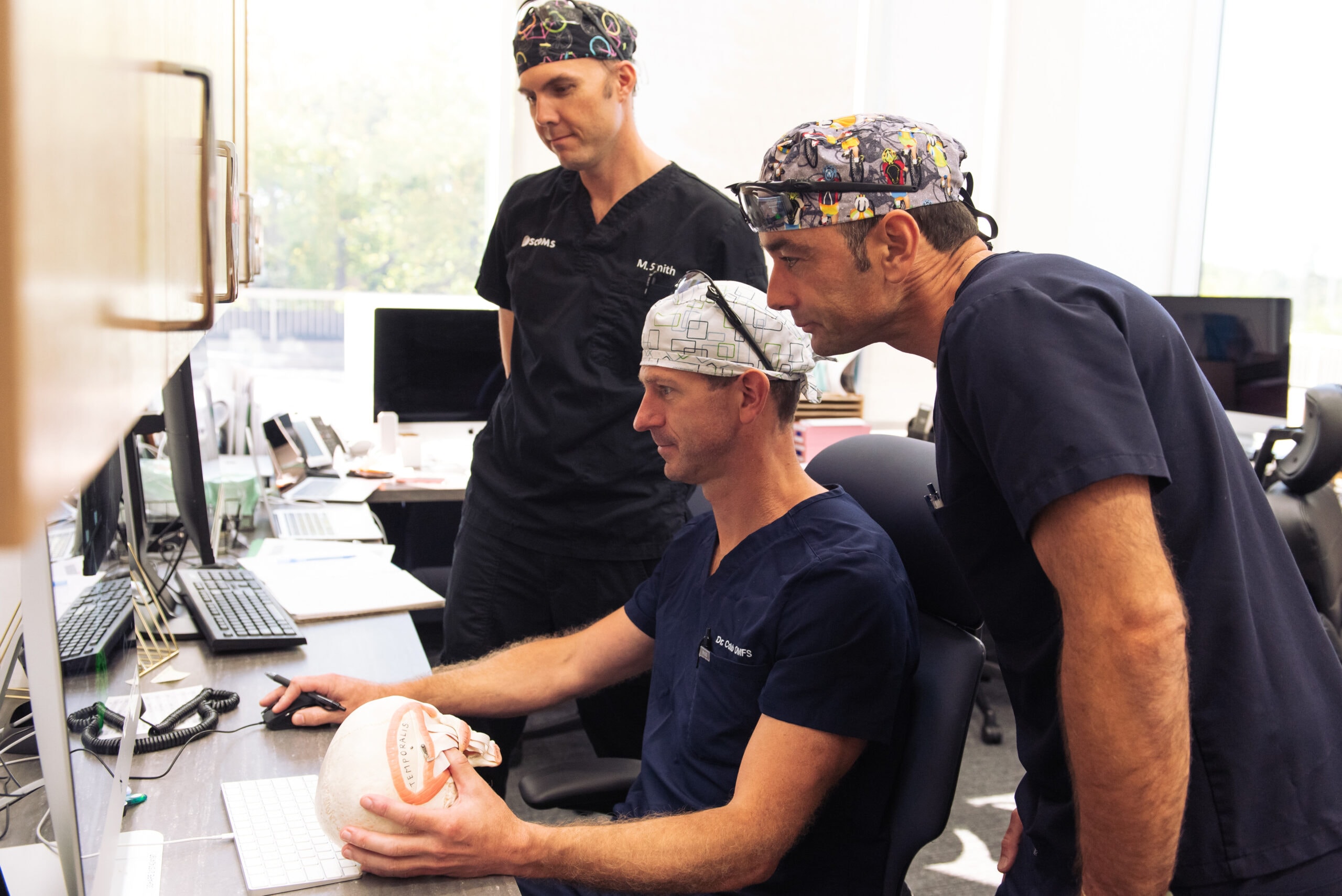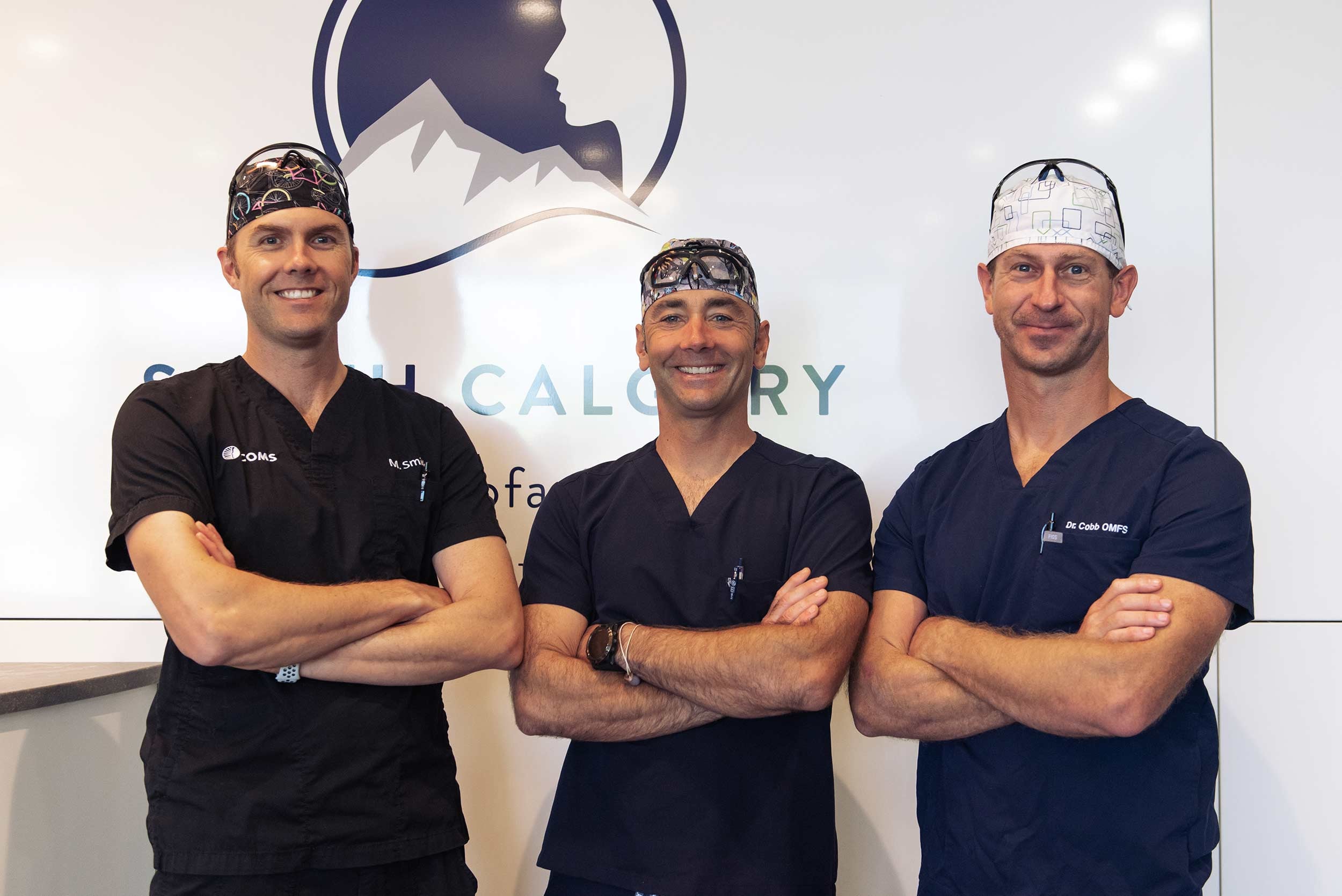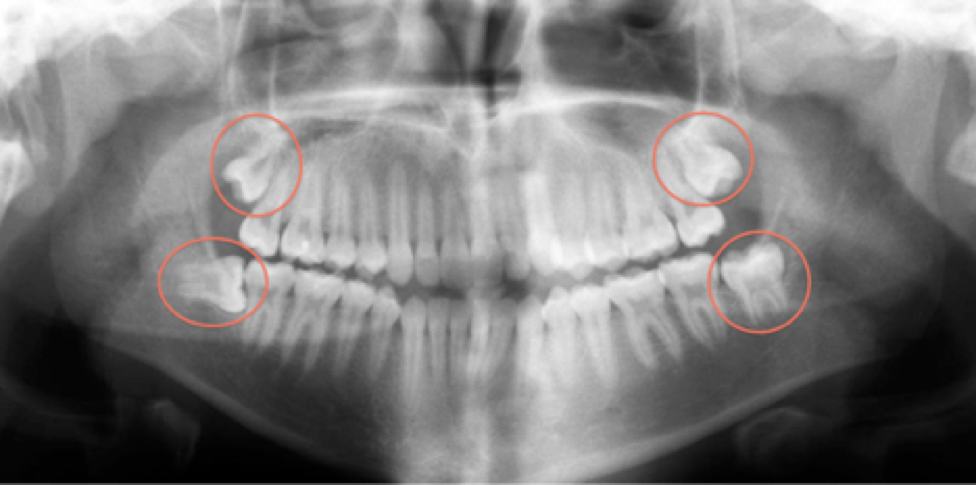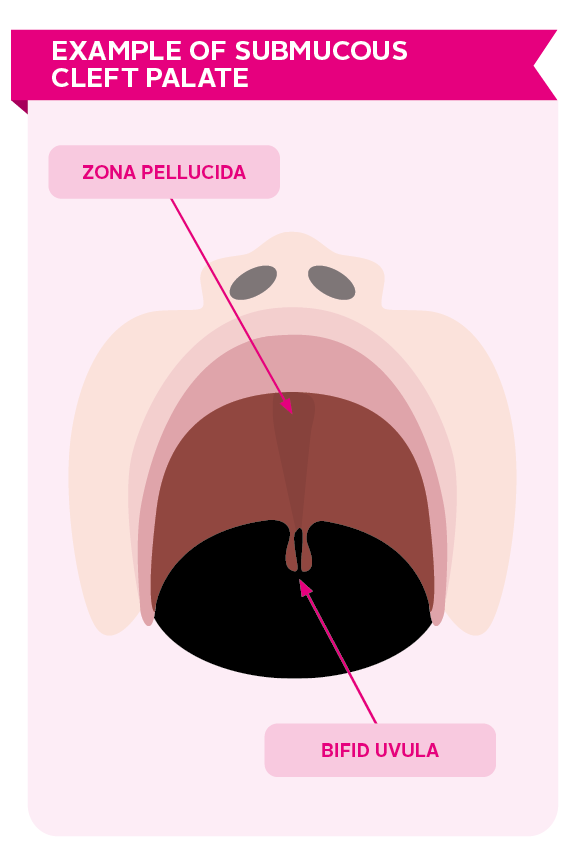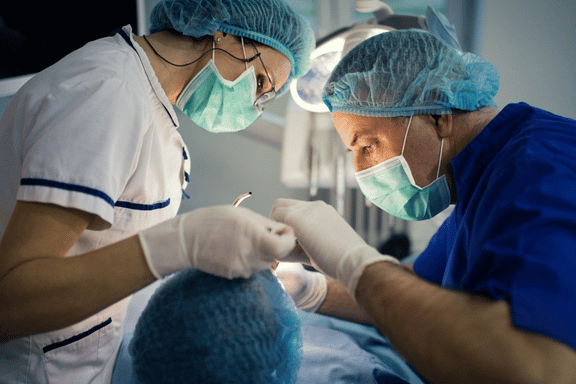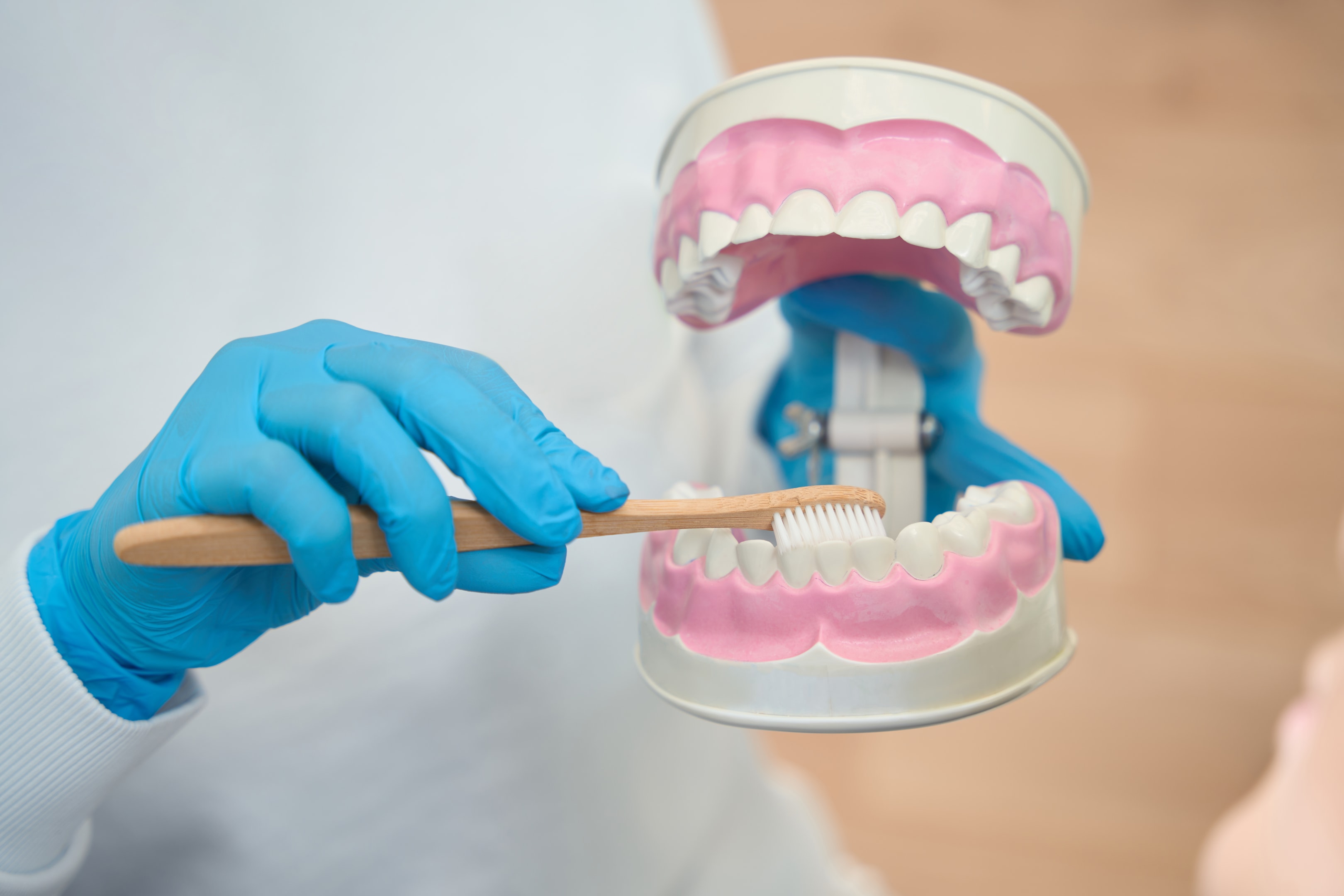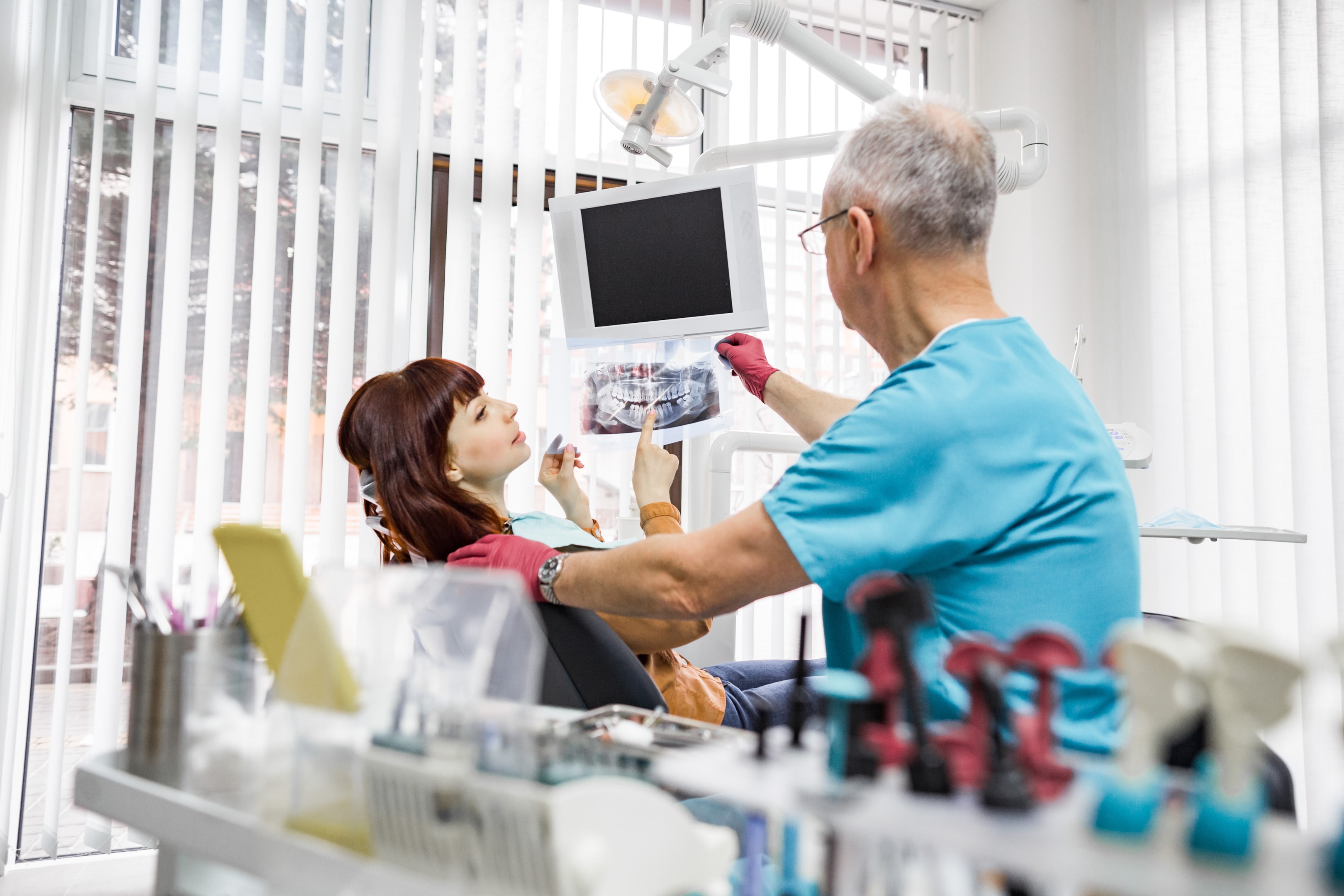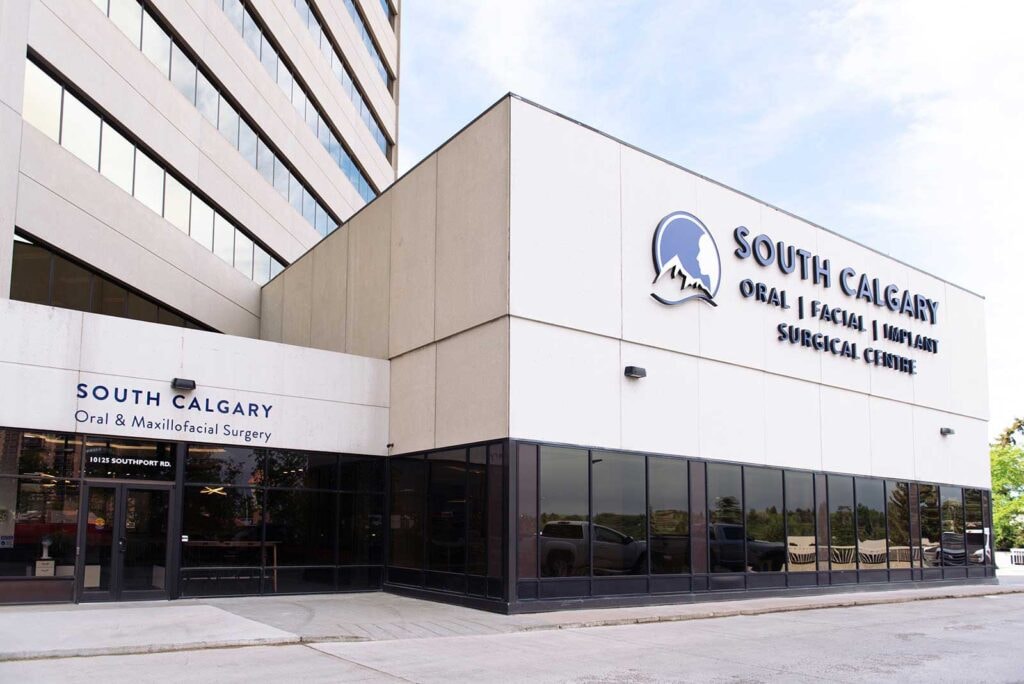
Have you ever had a throbbing headache that just won’t go away, no matter what you try? Well, you might be surprised to learn that your wisdom teeth could be the culprit! Yes, those pesky molars can do more than just make your jaw ache. Let’s dive into why this happens and what you can do about it.
Imagine your mouth as a busy construction site. Most of the work is done, the main structure is in place, but then, out of nowhere, extra bricks (wisdom teeth) show up. As these wisdom teeth grow through the jawbone and break through the gum line, they can cause significant discomfort and headaches. When wisdom teeth emerge, they can also add sinus pressure around the upper jaw, potentially triggering migraines or exacerbating existing ones. In this blog post, we’ll explore the connection between wisdom teeth and headaches
When to See an Oral Surgeon: The Red Flags
Picture this: You’re at a crossroads, unsure if you should see an oral surgeon or not as your wisdom teeth grow. Well, here are the signs you shouldn’t ignore.
If you’re experiencing consistent pain in your jaw, swelling around your gum line, or difficulty opening your mouth, it’s time to consult an oral surgeon. These symptoms often indicate that your wisdom teeth are causing more than just discomfort; they might be impacting your overall oral health. At South Calgary Oral Surgery, we specialize in diagnosing and treating these issues, ensuring you’re not left in the dark about your dental health.
Tip: Don’t wait until the pain becomes unbearable. Early intervention can prevent more severe
How Oral Surgeons Can Help: Beyond Tooth Extraction
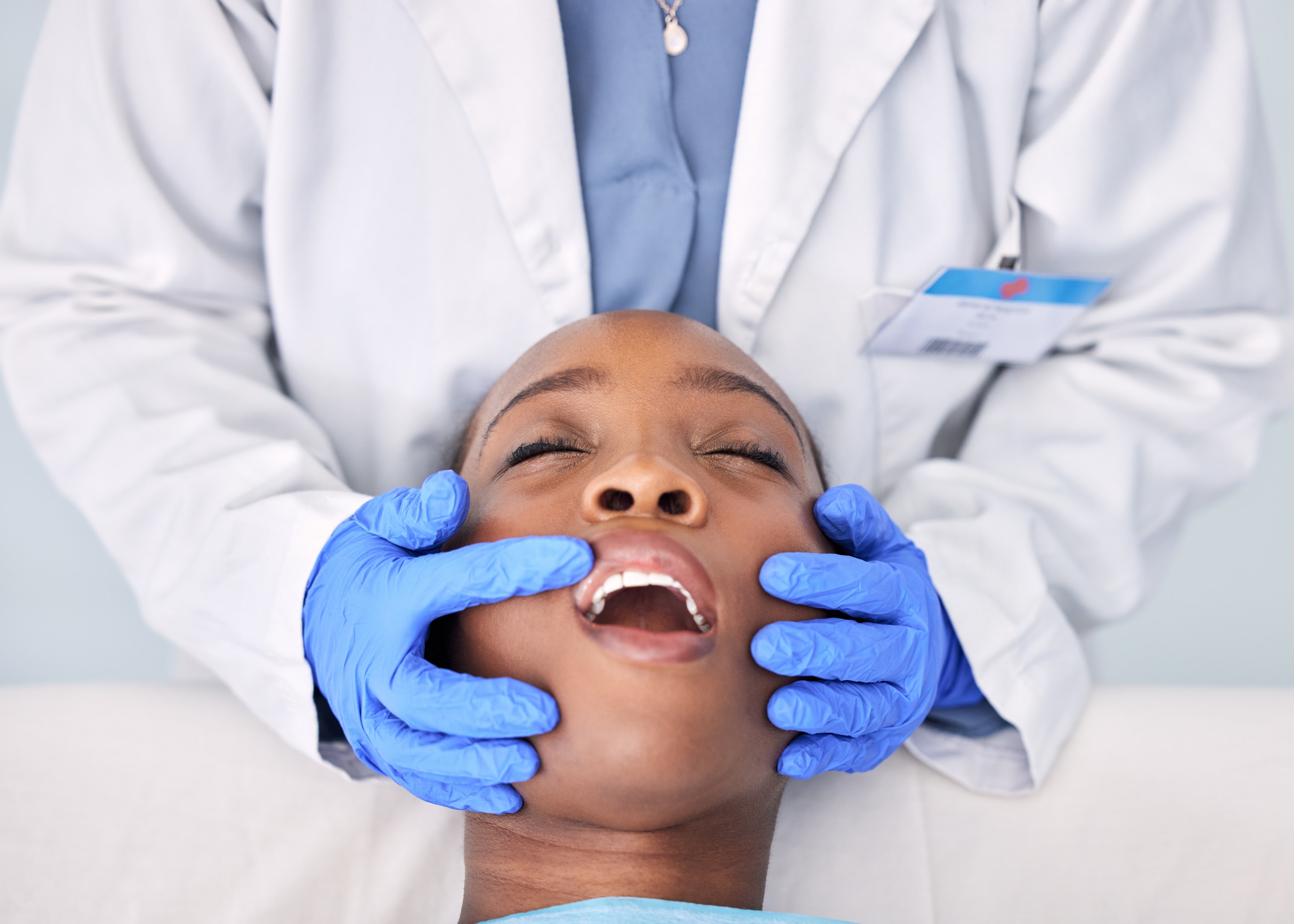
You might think oral surgeons only deal with tooth extractions, but they’re skilled in much more. From diagnosing the underlying issues causing your headaches to providing comprehensive care plans, our team at South Calgary Oral Surgery is equipped to handle it all. They also recommend hot and cold therapy to reduce inflammation, swelling, and pain associated with impacted wisdom teeth and headaches.
Oral surgeons use advanced imaging technology to assess the exact position of your wisdom teeth and determine the best course of action. This precision ensures that the removal process is as smooth and painless as possible. They can also help alleviate tension in the jaw muscles caused by wisdom teeth, reducing headache pain.
Tip: Regular check-ups with an oral surgeon can help catch potential
Why South Calgary Oral Surgery Stands Out
In a city as vibrant as Calgary, you have many choices for dental care. So, why choose South Calgary Oral Surgery? For starters, our team of experienced oral surgeons is dedicated to providing personalized care tailored to your specific needs. We pride ourselves on our patient-centric approach, ensuring you’re comfortable and informed every step of the way. Our expertise in dealing with third molars ensures that any issues related to the development, eruption, or extraction of wisdom teeth are handled with the utmost care.
Our state-of-the-art facility is equipped with the latest technology, allowing us to perform procedures with unparalleled accuracy and efficiency. Plus, our friendly staff is always ready to answer any questions you might have, making your experience as stress-free as possible.
Tip: Look for practices that prioritize patient education and comfort. It makes a world of difference in your care.
The Importance of Removing Painful Wisdom Teeth
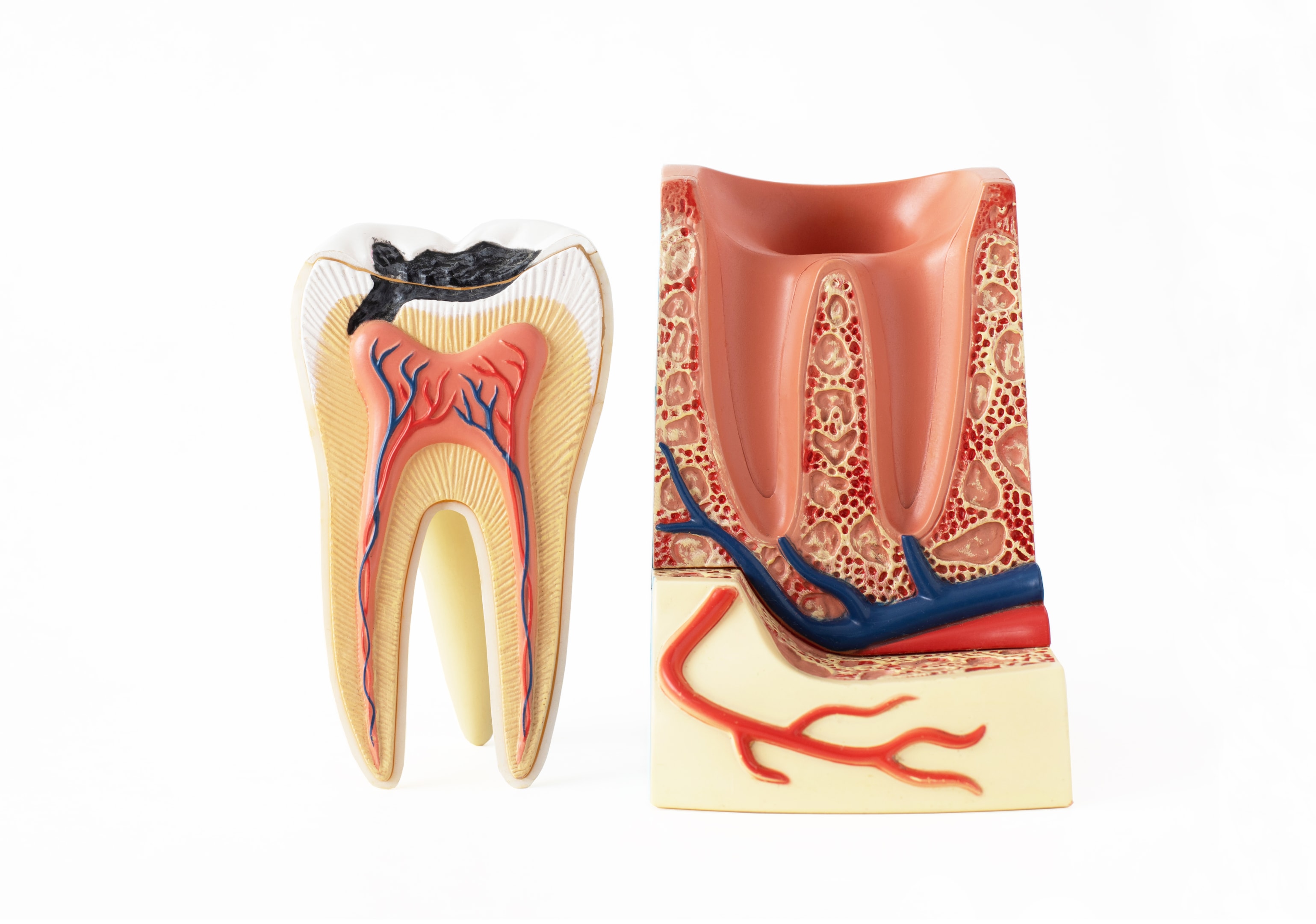
Have you ever thought “can wisdom teeth cause a headache?” well, if you’re experiencing pain or discomfort from your wisdom teeth, removing them is crucial. Cold therapy, such as applying ice packs, can help reduce inflammation, pain, and swelling associated with headaches from wisdom teeth. Leaving impacted or problematic wisdom teeth untreated can lead to infections, cysts, and even damage to neighboring teeth by pushing against the second molar, increasing the risk of infection.
At South Calgary Oral Surgery, we understand that the thought of surgery can be daunting. That’s why we offer various sedation options to ensure your procedure is as comfortable as possible. Our goal is to eliminate your pain and prevent future dental issues.
Tip: Don’t ignore persistent pain or swelling. Schedule a consultation to explore
Wisdom Teeth Removal: A Common Necessity
You might wonder, “Do many people really need their wisdom teeth removed?” The answer is a resounding yes. Most adults will experience issues with their wisdom teeth at some point, whether due to crowding, impaction, or alignment problems. Partially impacted wisdom teeth can lead to complications such as tooth decay, cysts, gum disease, and damage to neighboring teeth.
Removing wisdom teeth is a common procedure, and our team at South Calgary Oral Surgery has performed countless successful extractions. We ensure that each patient receives the highest level of care, minimizing discomfort and promoting a swift recovery.
Tip: If you’re between 17 and 25, it’s a good idea to have your wisdom teeth evaluated, even if they’re
The Link Between Wisdom Teeth and Headaches
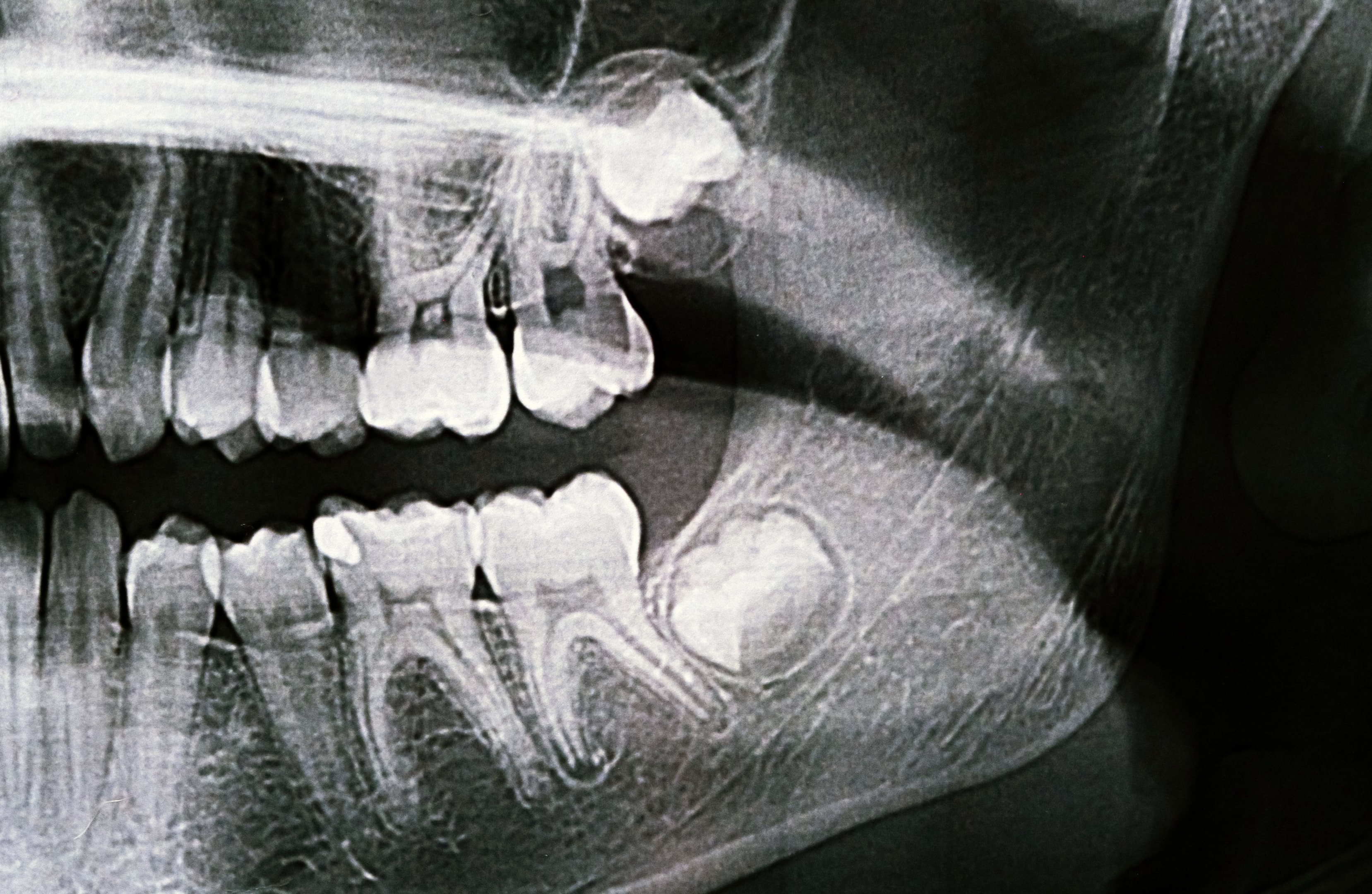
So, can wisdom teeth cause a headache? Absolutely. The pressure from impacted wisdom teeth can radiate pain to other areas of your head, leading to chronic headaches. Wisdom teeth cause headaches by putting pressure on surrounding teeth and jawbone, leading to headache pain. This is often due to the inflammation and tension that affected wisdom teeth can cause in your jaw and surrounding muscles.
Addressing the issue with the help of an oral surgeon can alleviate these headaches, improving your overall quality
Understanding the Symptoms: When Headaches Are More Than Just Headaches
Not every headache stems from the same source. It’s crucial to understand when a headache might be linked to your wisdom teeth. Typical symptoms include jaw pain, swelling around the gums, and tenderness in the area where your wisdom teeth are located. The pressure from wisdom teeth on the surrounding teeth can also contribute to these headaches. These symptoms often accompany the headaches, providing clues that your dental health might be the underlying issue.
Tip: Keep a headache diary to track your symptoms and share this information with
The Role of Impacted Wisdom Teeth in Causing Headaches
Impacted wisdom teeth, which fail to emerge properly, are notorious for causing a range of problems, including headaches. When these teeth push against adjacent teeth or remain trapped in the gum or jawbone, they can create significant pressure and discomfort. This pressure can radiate upwards, causing tension headaches. Additionally, an impacted wisdom tooth can lead to tooth decay, cysts, gum disease, and damage to neighbouring teeth, further exacerbating the pain and complications over time.
Scientific evidence supports this connection. A study published in the Journal of Oral and Maxillofacial Surgery found that patients with impacted wisdom teeth often reported headaches as a primary symptom. Removing these impacted teeth can significantly
The Science Behind Dental-Related Headaches
The trigeminal nerve, which runs through your jaw, is a major player in dental-related headaches. When your wisdom teeth cause irritation or inflammation in the jaw, this nerve can send pain signals that manifest as headaches. Understanding this nerve’s role highlights why dental issues can lead to persistent headaches.
Wisdom teeth develop later in life, often when there is insufficient space in the jaw for proper growth. This can lead to problems such as misalignment, impacted teeth, tooth decay, cysts, gum disease, and damage to neighboring teeth, all of which can contribute to irritation of the trigeminal nerve.
Preventive Measures: Keeping Wisdom Teeth in Check
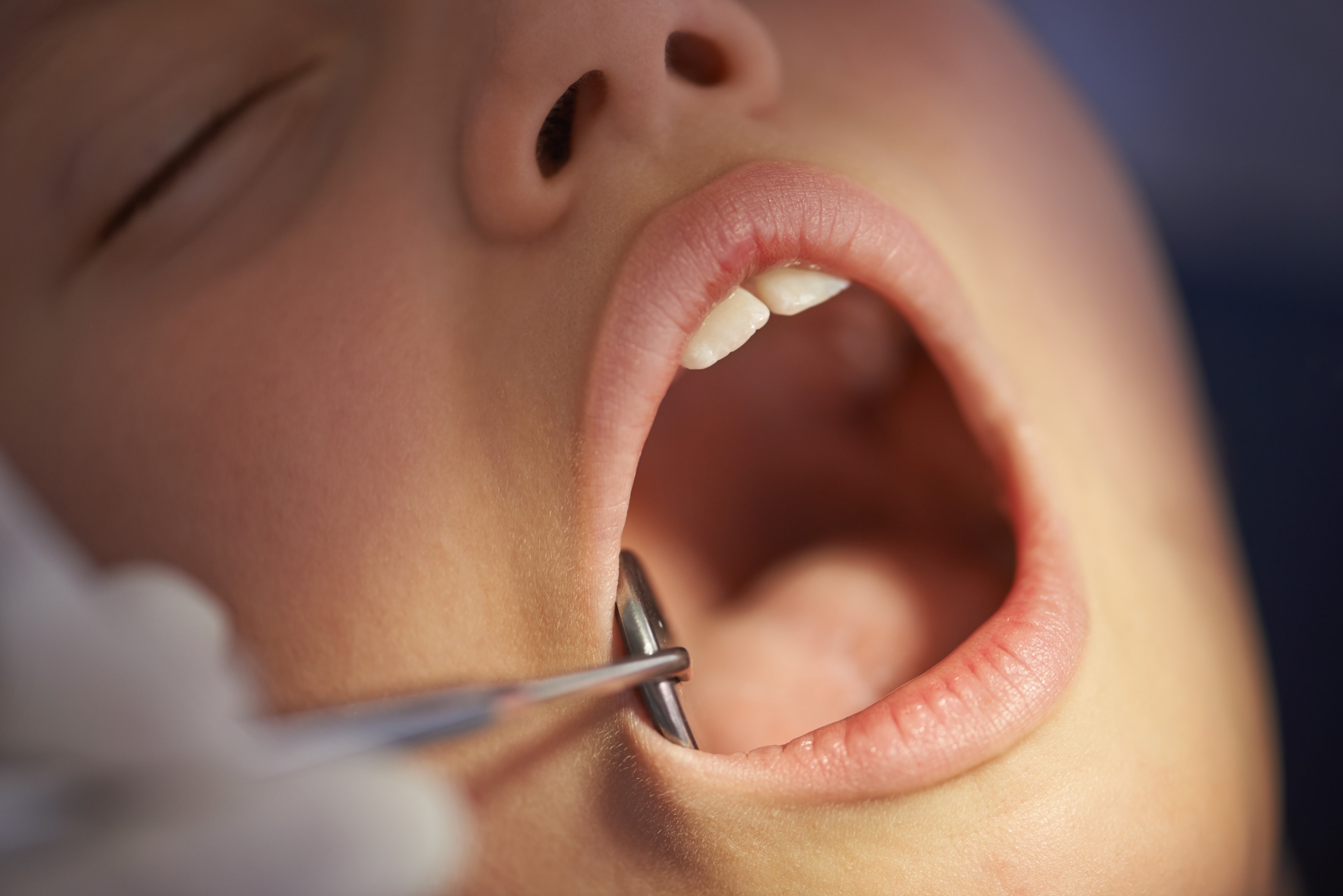
Preventing wisdom teeth from causing headaches involves proactive dental care. Regular dental check-ups allow your dentist to monitor the development of your wisdom teeth. Early detection of potential issues means you can address them before they lead to severe pain or headaches.
At South Calgary Oral Surgery, we emphasize preventive care and early intervention. Our comprehensive evaluations ensure that any emerging problems with your wisdom teeth are caught and treated promptly.
The Procedure: What to Expect When Removing Wisdom Teeth
If your oral surgeon recommends removing your wisdom teeth to alleviate headaches, understanding the procedure of wisdom tooth extraction can ease your anxiety. At South Calgary Oral Surgery, we ensure a smooth and comfortable experience. The process typically involves a thorough examination, advanced imaging to plan the extraction, and the use of sedation to minimize discomfort.
Post-operative care is crucial. Following your surgeon’s instructions on rest, medication, and oral hygiene will promote a quick and complication-free recovery.
Tip: Prepare for your surgery by asking your oral surgeon detailed questions about the procedure and recovery process.
Post-Surgery Care: Ensuring a Smooth Recovery
After wisdom teeth removal, proper post-surgery care is essential for a swift recovery and the prevention of complications. Common recommendations include resting, avoiding strenuous activities, and following a soft food diet. Maintaining good oral hygiene without disturbing the surgical site is also crucial.
At South Calgary Oral Surgery, we provide comprehensive post-operative care instructions and support. Our team is always available to address any concerns you might have during your recovery period.
Tip: Use ice packs to reduce swelling and over-the-counter pain relievers as directed by your surgeon to manage discomfort.
Patient Testimonials: Real Stories, Real Relief
Hearing from others who have undergone wisdom teeth removal can be reassuring. As wisdom teeth emerge, many of our patients at South Calgary Oral Surgery have experienced significant relief from headaches and other symptoms following their procedures. Some patients reported that as their wisdom teeth emerged, they experienced increased sinus pressure and orofacial pain, which often triggered or worsened their headaches.
One patient, Sarah K., shared, “I was dealing with constant headaches and didn’t realize my wisdom teeth were the cause. After my surgery at South Calgary Oral Surgery, my headaches disappeared. The care I received was exceptional.”
Tip: Reading patient testimonials can provide insight and reassurance as you consider wisdom teeth removal.
The Importance of Expertise: Trusting the Right Oral Surgeon
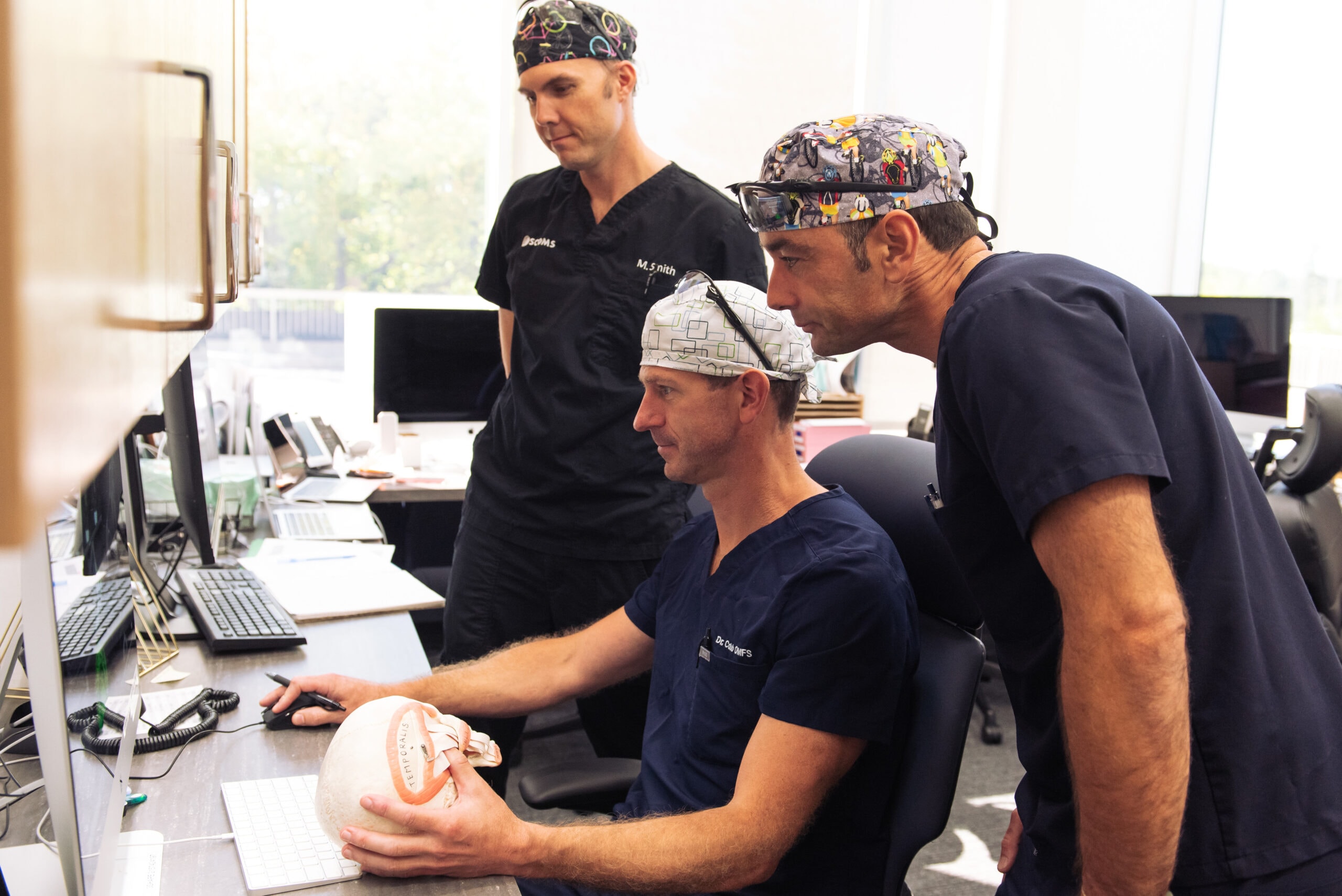
Choosing the right oral surgeon is critical for a successful outcome. Expertise, experience, and patient-centric care are what set South Calgary Oral Surgery apart. Our surgeons are highly trained and stay updated with the latest advancements in dental surgery to provide the best care possible.
Tip: Research your oral surgeon’s credentials and patient reviews to ensure you’re in capable hands.
Conclusion: Take Charge of Your Oral Health
In summary, wisdom teeth can indeed cause headaches, among other issues. Recognizing the signs and seeking help from an experienced oral surgeon can make all the difference. At South Calgary Oral Surgery, we’re here to provide top-notch care for our Calgary community and surrounding areas.
Don’t let dental pain control your life. Take charge of your oral health and schedule a consultation with us today. Remember, a healthy mouth contributes to a healthy life!


